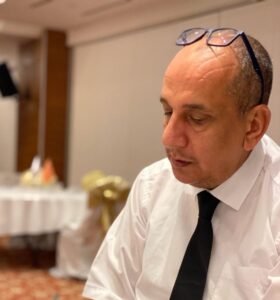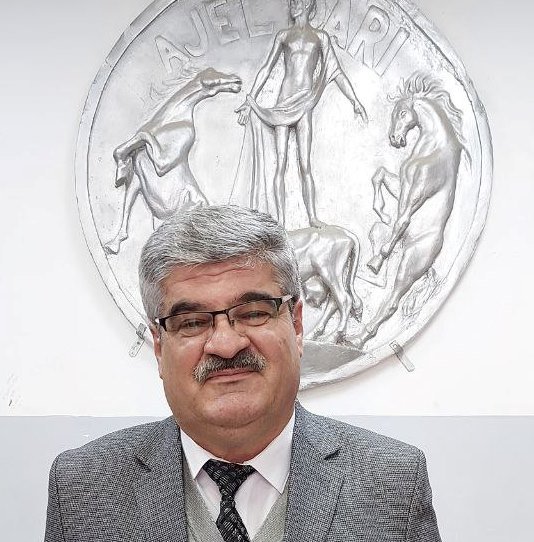Results of subcutaneous injection of inactivated oil vaccine in poultry

Dr. Milad Ibrahim Arabi
The vaccine injection process will lead to several immune steps that will ultimately lead to the formation of antibodies. I will explain these steps in a simplified manner.
- First step: Injecting the pathogen under the skin. The vaccine contains a dead pathogen with an adjuvant that helps slowly introduce the dead pathogen into the body, triggering an immune response. Dendritic cells and macrophages will then absorb the pathogen from the injection site.
- The second step: is the processing of the dead pathogen (Antigen Processing), where these cells, after capturing the pathogen, display this pathogen on the surfaces of these cells using (major histocompatibility complex) or what is called (MHC), and this in turn will activate T cells, which play an important role in adaptive immune response .
- The third step: activation of T cells. These cells (T helper cell (CD4 cell)) will recognize these pathogens presented by the cells (D and M) by means of T-cell receptors (TCR) found on the surfaces of these cells. This recognition will work with co-stimulatory signals, meaning it will help in recognizing the pathogen.
- The fourth step: Cytokine Release. The cytokine is released by (Active helper T cells release cytokines), and then it will be stimulated by (signaling molecules), which in turn will stimulate the immune response, and this cytokine will stimulate immune cells B cells and cytotoxic T cells (CD8+ T cells).
- The fifth step: Activation and differentiation of B cells. These cells contain specific receptors on their surfaces that are similar to the injected pathogen, whose information comes from the secreted cytokines and signals released by the T helper cell. Therefore, when the signals occur, the proliferation and differentiation of B cells will occur.
- The sixth step: Plasma Cell Formation. I explained this step in detail in a previous lecture. Some B cells will differentiate and turn into plasma cells, and these cells will produce large quantities of antibodies specific to the injected pathogen.
- The seventh step: Production of antibodies, where plasma cells produce antibodies and release them into the bloodstream and lymphatic system. These antibodies will neutralize the actual pathogen if it enters naturally, and thus will protect the body’s cells from the pathogen entering and destroying those cells.
- The eighth step: Formation of memory cells, some of the activated B cells will turn into memory cells that will remain in the body for long periods. When the pathogen enters again, these cells will turn into plasma cells and thus release antibodies again, faster and stronger, and thus a faster immune response will occur.
- The ninth step: Secondary Immune Response. In the event of infection with the pathogen again, the response will be faster and stronger, through memory cells (T and B cells).
This is a method of obtaining antibodies from a dead pathogen (virus), training the immune system to recognize and combat pathogens effectively and accurately. The mechanism of these nine steps can be applied to both humans and animals and is very simple for everyone.



